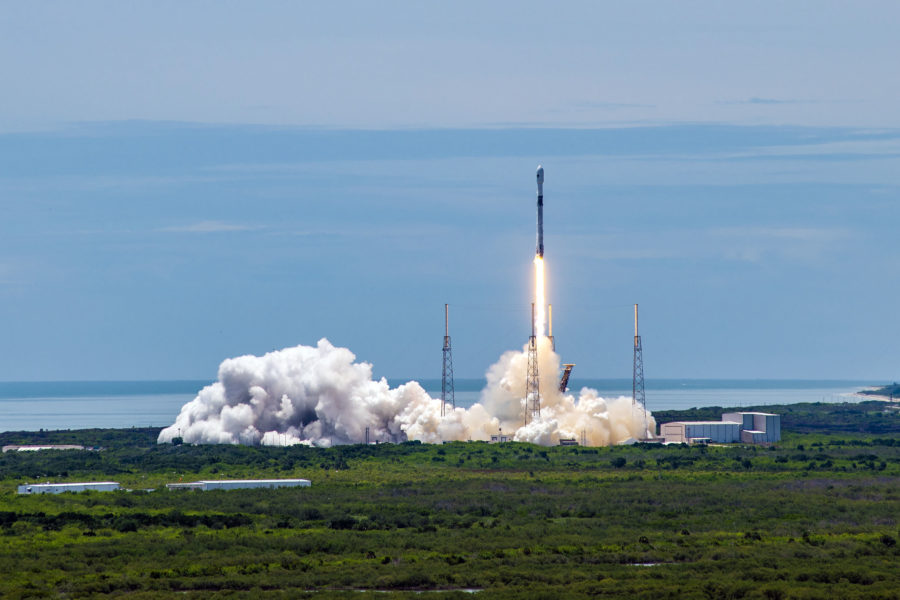Increased Pentagon spending on commercial space technology can prompt private investors to invest more, continuing record investment in the U.S. space sector, according 232 experts attending the State of the Space Industrial Base 2021 Workshop. They cited sustaining investors’ confidence as a “major concern” requiring “urgent action.”
The report “State of the Space Industrial Base 2021: Infrastructure and Services for Economic Growth and National Security,” written by five defense leaders, draws its conclusions from the working sessions of the workshop attendees.
Brought together by NewSpace New Mexico, the group’s goal was to advise on how to “nurture and grow a healthy space industrial base and national security innovation base.” The five authors—Space Force Brig. Gen. John M. Olson, mobilization assistant to the Chief of Space Operations; Space Force Col. Eric J. Felt, director of the Air Force Research Laboratory’s Space Vehicles Directorate; Joel B. Mozer, chief scientist of the Space Force’s Space Operations Command; Steven J. Butow, the Defense Innovation Unit’s space portfolio director; and Thomas Cooley, chief scientist in the Air Force Research Laboratory’s Space Vehicles Directorate—released the conclusions Nov 18.
The group also called on the Defense Department to more than double the share of its overall acquisition budget used to acquire commercial services, seeking an increase from “single digit percentages” to 20 percent.
The report summarizes the “collective voice” of all 232 experts, many of whom work for space companies. Other urgent concerns include “adequate resourcing to accelerate innovation” and “attention to brittle supply chains.” They also want DOD to provide vendors clearer “strategic guidance.”
U.S. space companies are “the subject of intense predation” of intellectual property by foreign investors, the report said. A mandate in the 2021 National Defense Authorization Act to report on space competition with China is “comprehensive,” but the White House should further consider these matters as part of strategic “supply chain planning.”
The report highlights “major opportunities,” such as the military’s interest in joint all-domain command and control (JADC2) as well as developments in cislunar space. Its recommendations include:
- Spur investment beyond launch. Private investment in commercial space is concentrated in launch services, and participants say “too little capital [is] flowing into other verticals ready for investment.” The authors seek “defense and intelligence contracts significant enough to sustain current private investment levels” as necessary to “secure American leadership” in commercial space. Private investment in space infrastructure alone reached $4.5 billion in the second quarter of 2021, a record, but DOD could build on that and help attract even more private money for in-space servicing, mobility, and logistics firms.
- Start building the cislunar ‘space superhighway.’ Transportation and communications infrastructures “are fundamental antecedents to much broader economic activity,” the report said. “Although the nation is contemplating a multi-trillion, once-in-a-generation infrastructure plan to ‘win the future,’ no part of it addresses the emerging in-space infrastructure or China’s desire to surpass the U.S. in building it.”
- Adopt a hybrid military-civil architecture for JADC2. A hybrid architecture can “harness commercial capabilities … to enhance the resilience” of DOD’s satellite communications architecture, the report said.
- Buy more commercial services. Policies, budget processes, and the “lack of procurement innovation incentives” stand in the way of “more agile and rapid innovation” across the DOD in “various technology valleys of death,” the authors said. Workshop participants judged that such a commitment “requires policy and incentives that drive toward a goal of 20 [percent] non-traditional commercial service acquisitions.”
